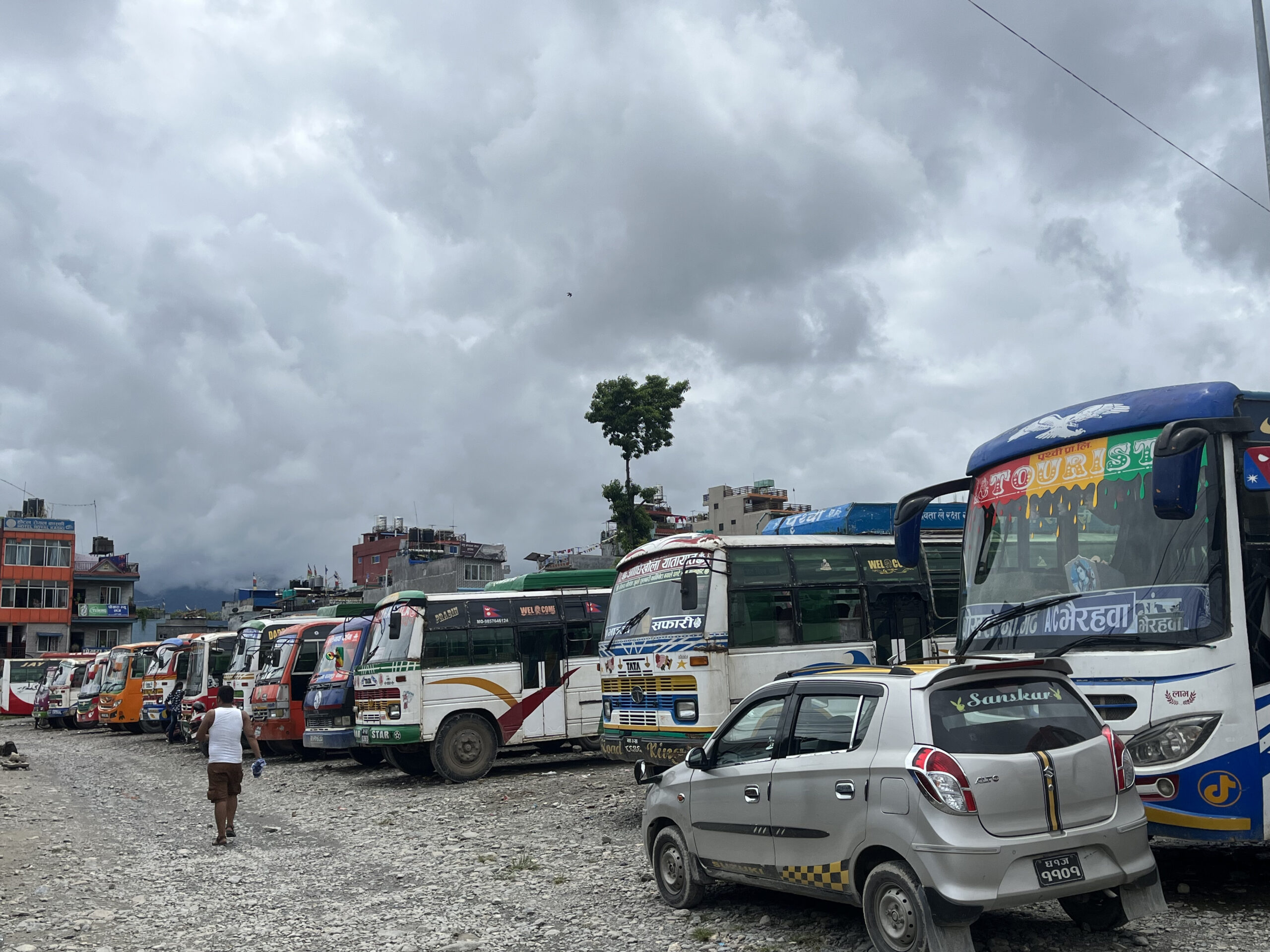Nepal is a federal nation, its division into seven provinces ensures the decentralization
of tax-collecting authorities where Gandaki Province is one of them. Normally we refer
to tax as the involuntary sum of amount to be paid to the government without any
expectations for any individual returns. As its name prefers, Motor Vehicle Tax is also a
taxation imposed on the use of motor vehicles.
In this regard, the Gandaki Province Motor Vehicle and Transportation Act 2019 (2076)
was enacted on November 17, 2019, with the aim of ensuring accessible and efficient
transportation services for the public. This comprehensive legislation was introduced to
enhance the strength, efficiency, and effectiveness of transportation systems, endorse
road safety, provide compensation to accident victims, establish insurance provisions,
and streamline the motor vehicle tax collection process. Though this Act was introduced
in 2019 (2076 B.S.), it remained unimplemented till 2022 (2079 B.S.) because the motor
vehicles taxes in Gandaki are collected as per the provisions of the respective Financial
Act. As the Gandaki Financial Act 2079/80 has not mentioned penalty tax collection on
motor vehicle taxation, the Motor Vehicle and Transportation Act 2076 gets into
operation to address tax collection which had been a matter of wide public criticism in
early fiscal year 2079/80. Here, this article depicts an analysis of the motor vehicles
taxes based on the Financial Act of Gandaki Province of the last five years and the Motor
Vehicle and Transportation Act 2076 in reference to the 200% penalty charges
imposition on Motor Vehicles Taxation in early F/Y 2079/80 of Gandaki Province.
This significant increase in penalty charges for late payment had sparked widespread
public criticism in early fiscal year 2079/80 where the Finance Bill 2079/80 failed to
address the issue of penalty charges, leaving the collection of taxes to the Vehicle and
Transport Management Act, which lacked clarity. Consequently, the government faced
severe backlash for imposing a penalty charge of up to 200 percent for payments made
after the due date, even within a year. In response to public outcry, the provincial
government introduced interpretative amendments to this Act, leading to a reduction in
the penalty charges. The Motor Vehicle and Transportation Act 2076 under section 176
outlines the penalties that may be imposed for non-payment of taxes. According to this
section, if a vehicle owner fails to pay the tax specified in section 173, a fine will be
imposed based on the following percentages in addition to the vehicle tax amount:(a)
Five percent for the first thirty days after the expiry date.(b) Ten percent for forty-five
days thereafter.(c) Twenty percent until the end of the financial year.(d) If the financial
year exceeds five years, double duty will be required to be paid. As this provision’s
unclarity leads to 200% penalty taxation, which was subject to wide condemnation.
As the reason, provincial government of Gandaki through means of amendment made
penalty charge to be 20% on late payment of motor vehicles’ taxation. Considering the
penalty charge for late payment of motor vehicles’ taxation of previous years, it was
32%. But after the massive criticism of 200% penalty charge in early F/Y 2079/80, it
was dropped to 20% from 200%.
Thus, Section 176 of the Motor Vehicle and Transportation Act 2076 plays a vital role in
ensuring tax compliance, with a progressive fine scale serving as a deterrent in Gandaki.
However, for effective penalties, the Financial Act must align seamlessly with the Motor
Vehicle Act to prevent confusion and criticism. Harmonization between these acts is
essential for a systematic implementation process, promoting transparency and fairness
in tax collection. Harmonious alignment ensures an efficient tax system, mitigating
public dissatisfaction and fostering a positive environment for vehicle owners and the
public.

A committed and ambitious lawyer, currently enhancing her expertise on Good Governance and Parliamentary Affairs as a meticulous researcher at the Pokhara Research Centre.




